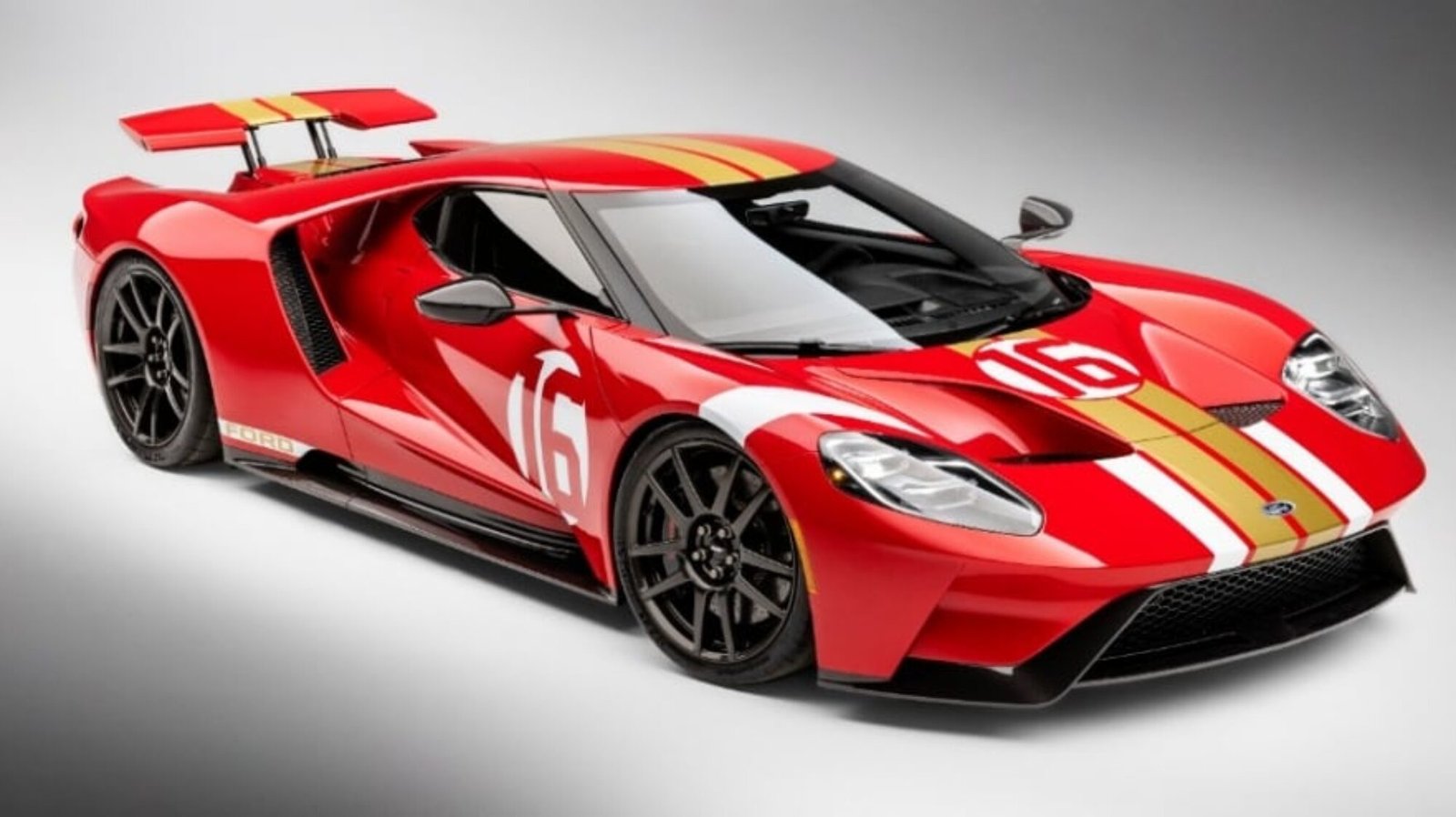How to Buy a Vintage Car Safely
Buying a vintage car is an exciting experience, but it can also be a bit intimidating, especially if you are new to the classic car world. These timeless vehicles offer a unique charm and history that modern cars can’t match. However, it’s crucial to know how to buy a vintage car safely to avoid any potential pitfalls. In this guide, we’ll walk you through the steps you need to take to ensure your classic car purchase is both secure and satisfying.
Do Your Research
Before you even start looking at cars, it’s essential to do your homework. When you plan to buy a vintage car, research is key. Start by narrowing down the type of car you’re interested in. Consider factors like make, model, year, and condition. Understanding the market value of the car you’re interested in will help you determine a fair price and avoid overpaying.
Moreover, familiarize yourself with the common issues and known problems for the models you are considering. Some vintage cars have specific parts that are hard to find or are notorious for certain mechanical issues. By knowing these beforehand, you can make a more informed decision and avoid potential headaches down the line.

Inspect the Car Thoroughly
Once you’ve found a car that catches your eye, it’s time to inspect it thoroughly. This step is crucial when you buy a vintage car. A thorough inspection can reveal a lot about the car’s history and condition. Start by looking at the body for any signs of rust, dents, or poor repairs. Rust is a common issue with vintage cars and can be expensive to fix, so pay particular attention to the undercarriage, wheel wells, and frame.
Next, check the engine and transmission. Look for any leaks, unusual noises, or excessive smoke. These could be signs of significant mechanical problems. Don’t forget to inspect the interior as well. Check the condition of the seats, dashboard, and carpeting. Remember, restoring the interior of a vintage car can be just as costly as repairing its mechanical components.
Verify the Car’s History
One of the most important steps when you buy a vintage car is verifying its history. Ask the seller for any maintenance records, previous ownership details, and documentation of any restoration work that has been done. This information can give you valuable insights into how the car has been cared for and whether it has any hidden issues.
Additionally, use the car’s Vehicle Identification Number (VIN) to run a history report. This report can tell you if the car has been in any accidents, has a salvage title, or has been stolen. Ensuring that the car’s paperwork is in order will help you avoid any legal troubles down the road.
Consider Hiring a Professional
If you’re not confident in your ability to assess a vintage car’s condition, consider hiring a professional inspector. Many experts specialize in classic cars and can provide a comprehensive evaluation of the vehicle you’re interested in. This might seem like an extra expense, but it’s a small price to pay compared to the cost of potential repairs or issues you might miss.
When you buy a vintage car, having an expert’s opinion can give you peace of mind and help you make a more informed decision. Plus, an inspector might find problems that you didn’t notice, giving you leverage to negotiate a better price with the seller.
Take the Car for a Test Drive
A test drive is a must when you buy a vintage car. It’s the best way to get a feel for how the car handles and identify any potential issues. Pay attention to how the car starts, accelerates, and brakes. Listen for any unusual noises and note how the car responds to steering inputs.
Also, test all the car’s features, including lights, gauges, and switches, to ensure everything is working correctly. A good test drive can reveal hidden problems and help you determine if the car is a good fit for you.
Negotiate and Close the Deal
Once you’re satisfied with the car’s condition and history, it’s time to negotiate the price. Use your research and any issues discovered during the inspection to justify your offer. Remember, when you buy a vintage car, there is often room for negotiation, especially if you’re dealing with a private seller.
After agreeing on a price, make sure to get everything in writing. This includes the agreed-upon price, any promises made by the seller, and a detailed list of what’s included in the sale. Be sure to obtain a bill of sale and have the seller sign over the title to you. If you’re buying from a dealer, make sure they provide all the necessary paperwork and warranties.
Conclusion
Buying a vintage car is a rewarding experience that requires careful planning and attention to detail. By doing your research, inspecting the car thoroughly, verifying its history, and considering professional help, you can buy a vintage car safely and confidently. Always take the car for a test drive and don’t be afraid to negotiate the price. With these tips in mind, you’re well on your way to enjoying the thrill of owning a classic car. Happy hunting!

